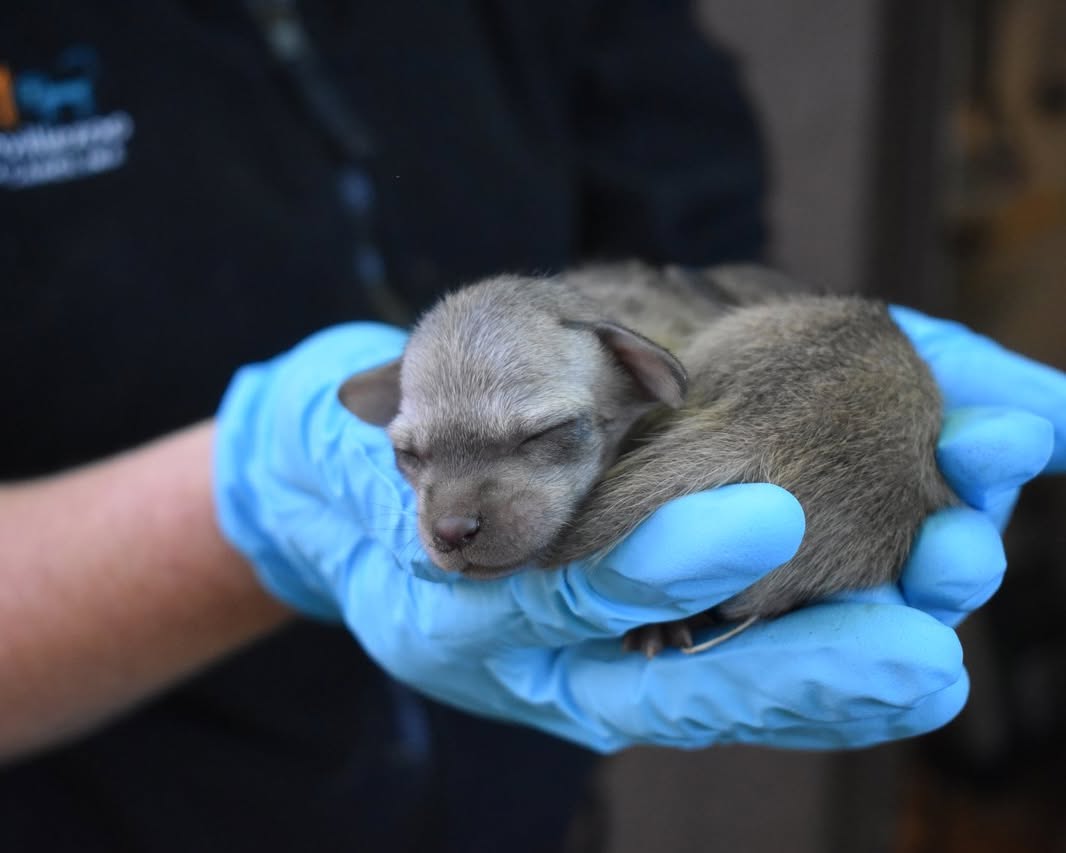- Overview of 2024’s zoological milestones and photographic highlights
- The role of zoos in wildlife conservation strategies
- Key successes in breeding programs for endangered species
- Community involvement in animal care and conservation awareness
- Predictions for zoology and conservation efforts in 2025
As we bid farewell to 2024, it’s an ideal time to reflect on the moments that have defined our journey in zoology and conservation. This year, like no other, has been filled with significant achievements and compelling stories captured through our most loved photos. These snapshots not only serve as mementos but also highlight the intricate relationships between animals, their environments, and the humans dedicated to their care.
Zoological milestones in 2024 have set new standards in science and conservation. Many zoos have embraced advanced technologies and methodologies to monitor and improve animal welfare. Sensor technology and data analytics have played a pivotal role in tracking wildlife health and habitat use. These innovations help zookeepers maintain the delicate balance necessary for the optimal health of zoo inhabitants. Our photos have captured these advancements, showcasing not only the beauty of diverse species but also the tireless efforts behind their care. The images share stories of success, challenge, and the irreplaceable connection between animals and their caretakers.
Zoos have steadily evolved to become more than just places of public entertainment; they are now critical strongholds in global wildlife conservation. The role of zoos has shifted from mere observation to active participation in the preservation of species. In 2024, this role expanded significantly, with particular emphasis placed on genetic conservation and habitat restoration efforts. Zoos around the world have acted as arks for endangered species, offering sanctuary and breeding grounds away from the threats of their natural habitats. It is here where complex challenges regarding the reintroduction of animals to the wild are diligently tackled. Such endeavors require coordinated efforts and partnerships among international zoological and conservation organizations.
Breeding programs have reached remarkable heights this year, particularly for critically endangered species. Breeding successfully in captivity is an arduous process that demands extensive knowledge of both genetic diversity and animal behaviors. Some of the notable successes include the birth of Sumatran rhinoceroses, European bison, and several species of amphibians that are critically endangered in the wild. These initiatives reflect a determined commitment to biodiversity and restoring balance to the planet’s ecosystems. Photos of these newborns flooded our feeds this year, each image supporting a narrative of hope and resilience, captured in the tender moments of first breaths and bonds forged between mother and offspring.
Community engagement is another crucial aspect of conservation. Zoos have become centers of education, raising public awareness about wildlife conservation and the impact of human activity on natural habitats. In 2024, community participation reached new heights thanks to programs aimed at involving citizens in environmental stewardship and conservation practices. Cities hosted workshops and outreach programs to demonstrate sustainable practices and the importance of preserving Earth’s natural heritage. Online platforms leveraged social media to forge stronger connections between the public and wildlife conservationists, inviting everyone to be part of global conservation movements. These interactions were highlighted in our most liked photos of the year, showcasing hands-on activities that inspired both young and old to take action and make informed environmental choices.
As we look forward to 2025, several trends are emerging in zoology and conservation efforts. The use of artificial intelligence to monitor animal behavior and predict ecological changes is expected to skyrocket. AI can process vast amounts of data, drawing patterns that help anticipate challenges and suggest preventive measures. Additionally, there’ll be increased focus on bolstering ecosystem resilience against climate change. Efforts will be oriented toward restoring habitats not only within zoo environments but also extending to wild landscapes. Conservationists are slated to employ innovative climate-adaptive strategies to minimize biodiversity loss.
The narrative of 2024, articulated through our imagery, illustrates the journey of zoology and wildlife conservation. These visual accounts unravel stories that emphasize the intricate dynamics between humans and nature. They invite us to not just witness, but partake in shaping a sustainable future. As stewards of the Earth, the milestones of this past year lay the groundwork for a future where humanity and wildlife coexist harmoniously.
Thank you for following along all year. We can’t wait to see what excitement awaits us in 2025!
*****
Source Description
Happy New Year’s Eve! Since today is the final day of 2024 we’re celebrating by looking back at some of our most liked photos of the year!
Thank you for following along all year. We can’t wait to see what excitement awaits us in 2025!


